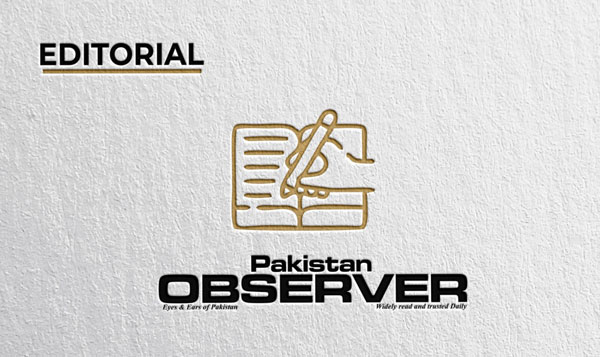IN a significant move aimed at addressing declining tax-to-GDP ratio, the federal cabinet Tuesday approved a restructuring plan for the Federal Board of Revenue (FBR). It envisaged enhancing the efficiency and effectiveness of tax collection, digitizing processes and separate policy functions from operational tasks. However, the ECP intervened, restraining the caretaker government from implementing the plan, citing concerns over major policy decisions falling within the purview of the elected government.
Our country has been grappling with a persistently low tax-to-GDP ratio, with the FBR tax-GDP ratio barely reaching 8.5% in the fiscal year 2022-23. This is significantly below the country’s tax capacity which remains around 22% of GDP. The tax capacity includes provincial taxes, contributing a mere 1% to GDP revenues. The limited number of taxpayers, at a mere 2.3 million, underscores the challenges faced by the FBR in broadening the tax base. Corporate tax filers represent only 0.8% of commercial and industrial electricity users, while GST-registered entities account for a modest 13% of the 1.4 million taxpayers. The need for urgent reforms within the FBR is evident to address the systemic issues contributing to the suboptimal performance in tax collection. The restructuring plan prepared by the caretakers envisages revitalizing the FBR by implementing a series of measures, including the separation of policy functions from operations. The Federal Policy Board (FPB) will be entrusted with policy-related matters, while Customs and Inland Revenue organizations will operate separately, each headed by director generals appointed by the federal government. This restructuring aligns with international best practices, where approximately 73% of countries maintain separate Customs organizations. The move is designed to cater to the distinct functions and evolving nature of Customs, focusing on global integration, export promotion, and combating smuggling and money laundering. The FBR reforms indeed are need of the hour but the ECP’s stance also aligns with constitutional principles, emphasizing that the caretaker government should restrict itself to routine, non-controversial, and reversible activities. As the upcoming elected government assumes office, attention to FBR restructuring should remain a priority. The FBR restructuring plan devised by the caretaker government should serve as a guiding blueprint for the upcoming elected government to execute. The incoming government can leverage the insights and recommendations encapsulated in this plan to expedite the implementation of much-needed FBR reforms which are important to steer Pakistan towards fiscal sustainability.










